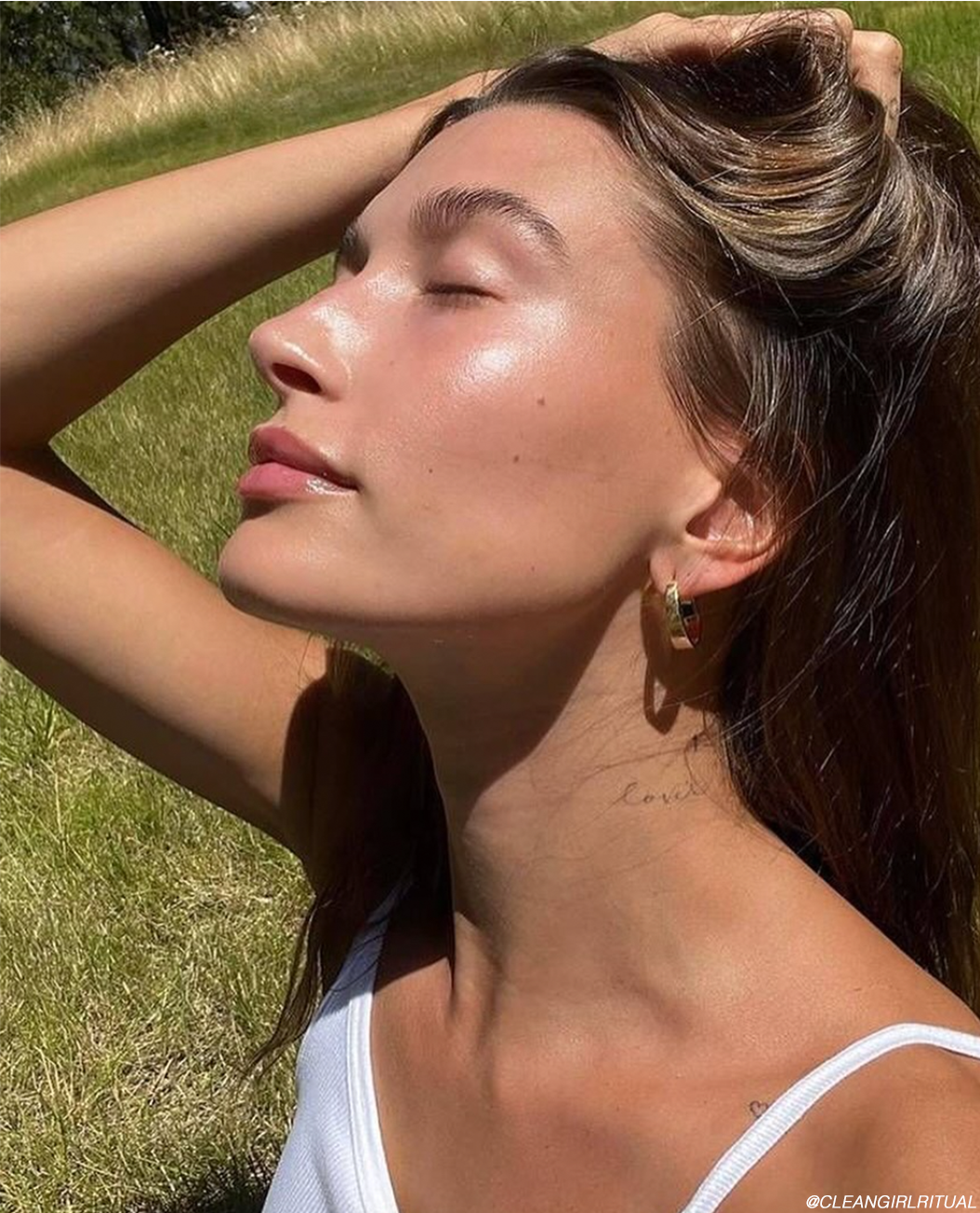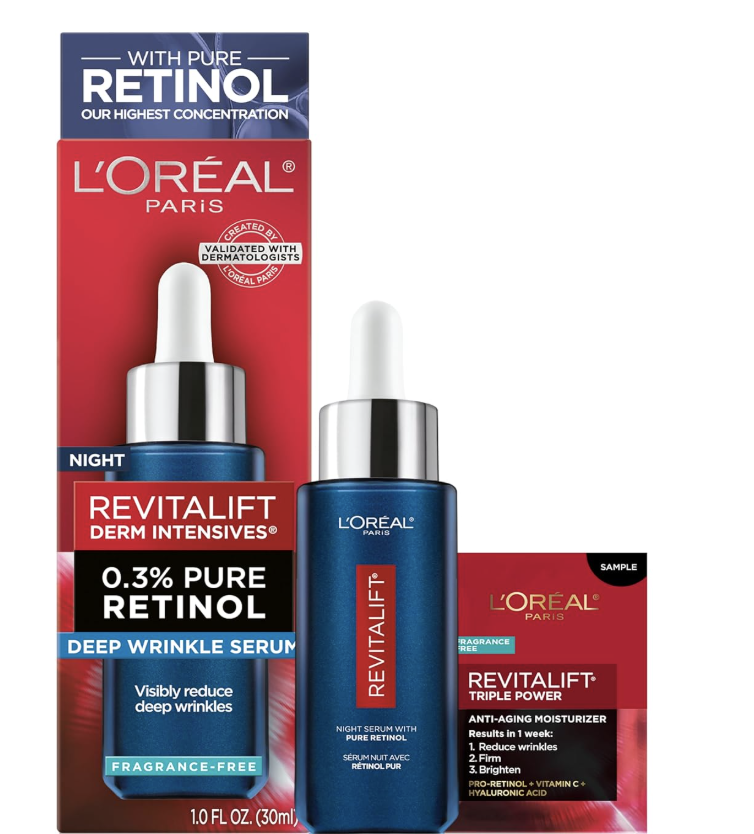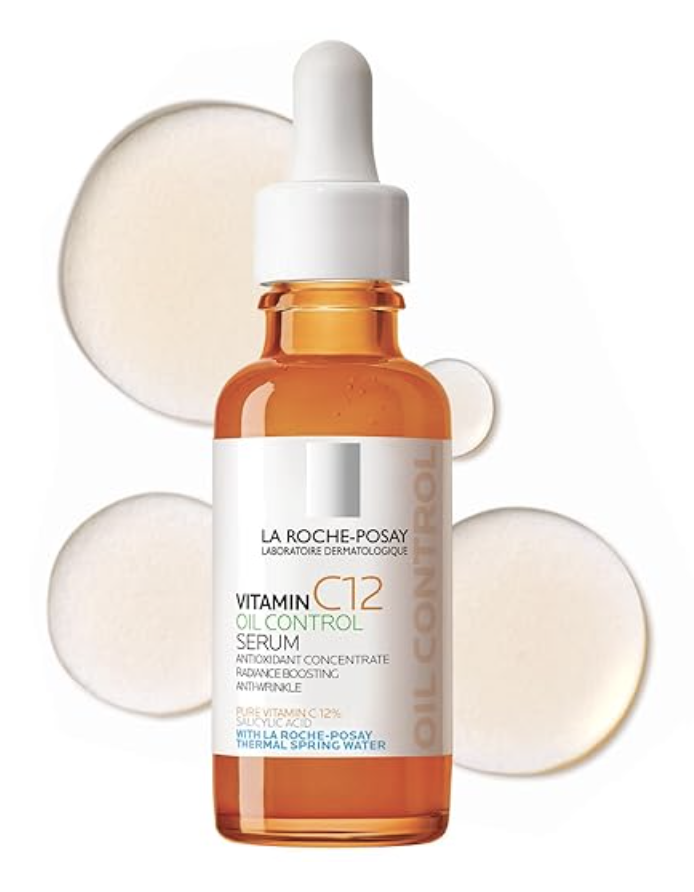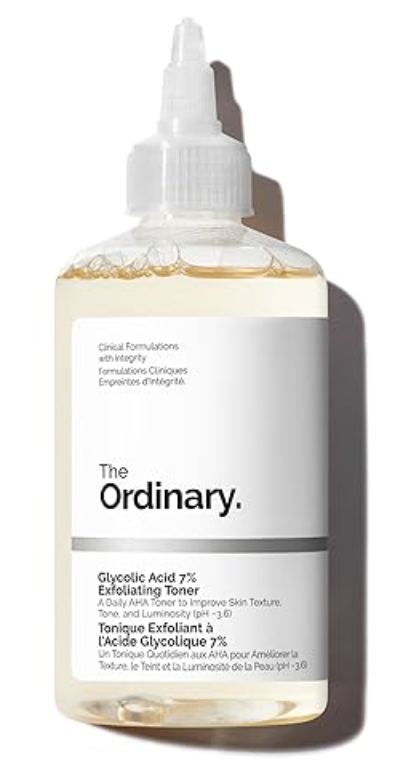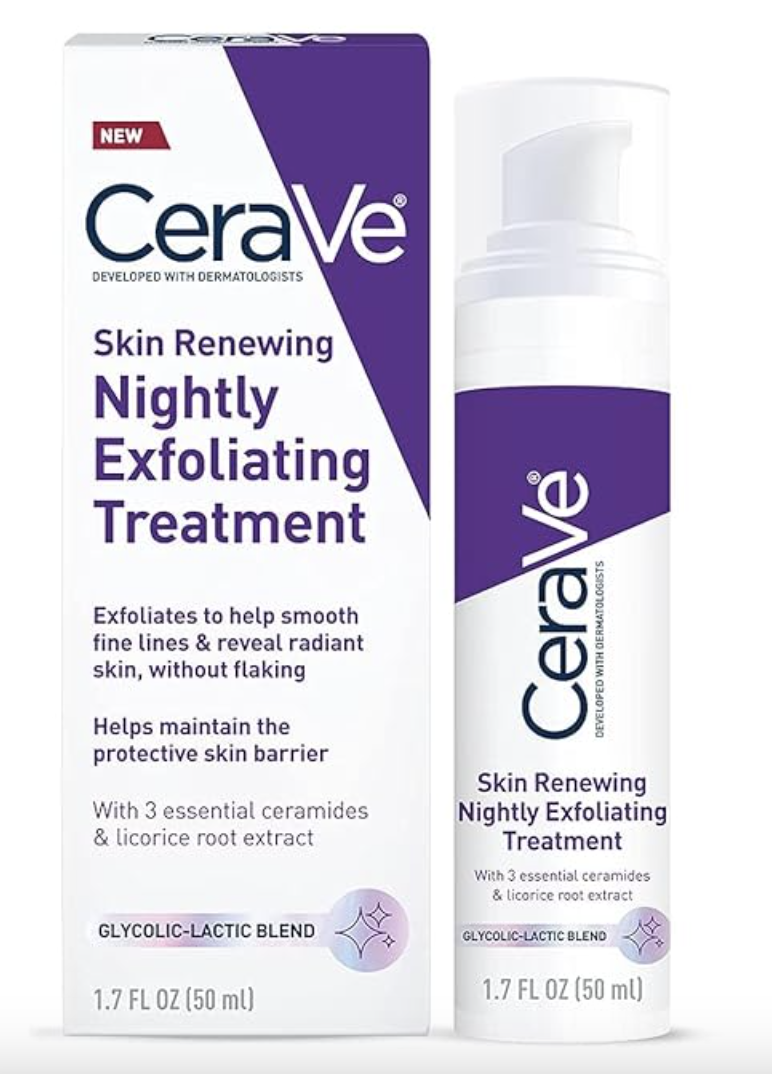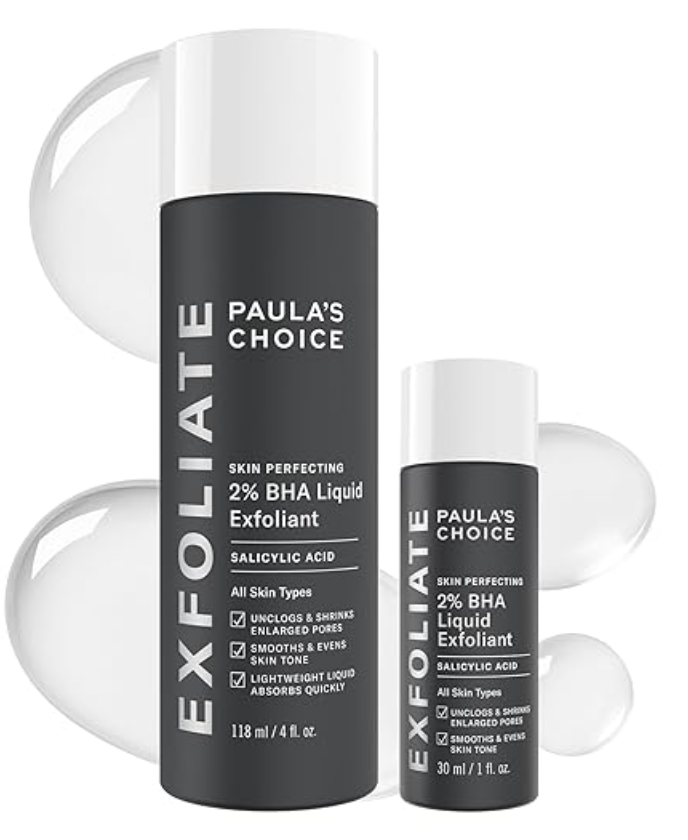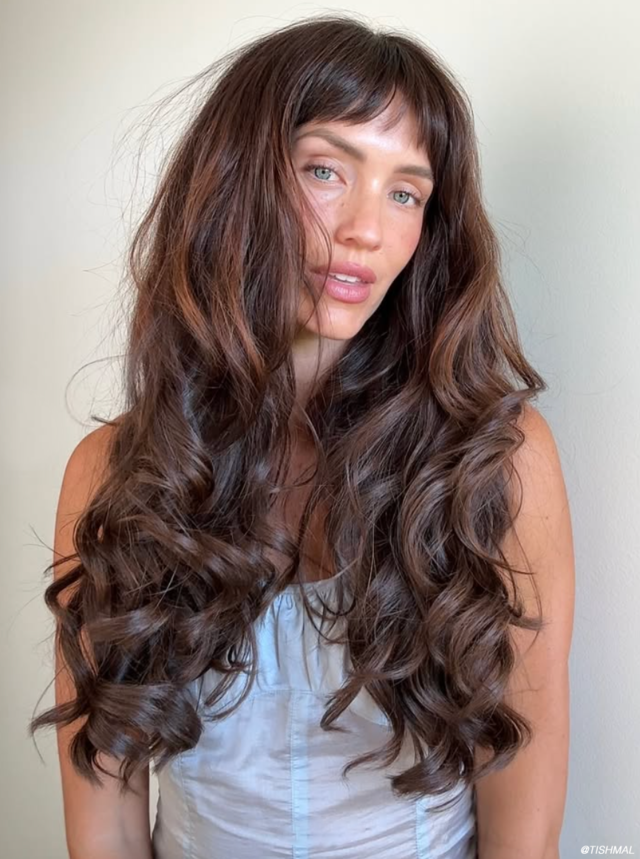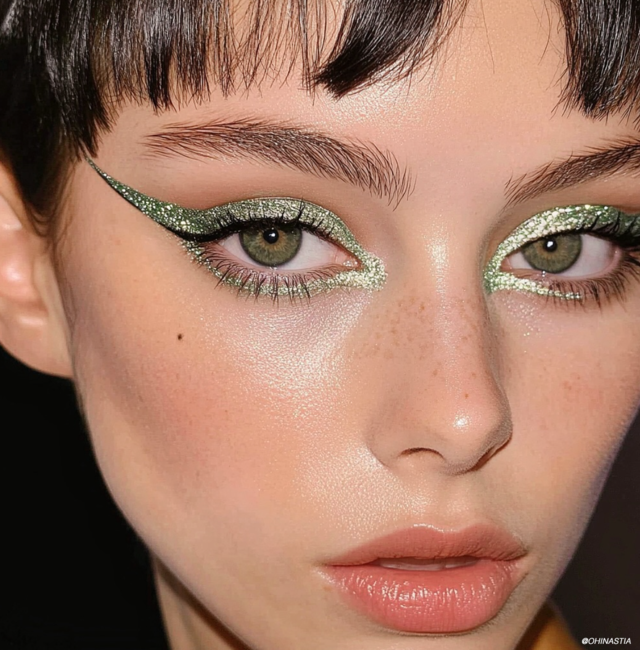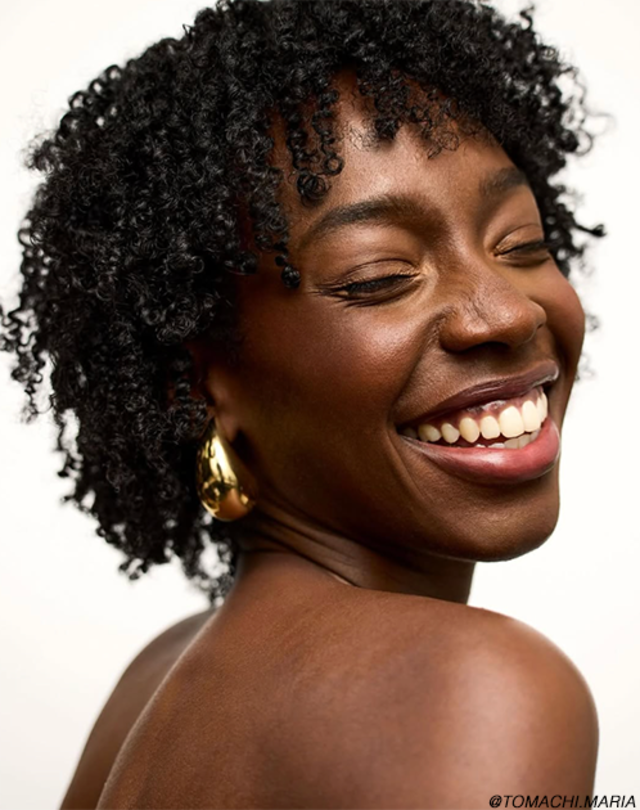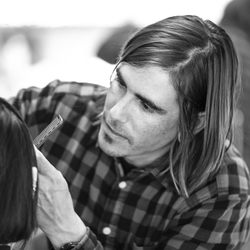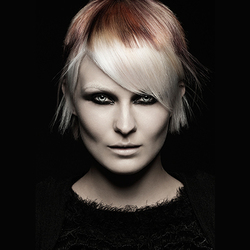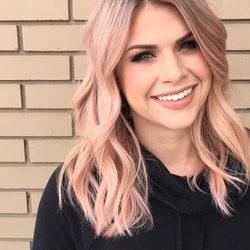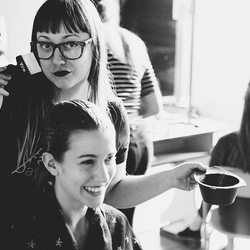We get it—sometimes skincare feels like more trouble than it’s worth. Everywhere you turn, there’s new (and often conflicting) advice about what to do, what not to do, and it all starts to blend into one big wall of noise. It’s frustrating, especially when you likely began with a simple, humble goal: clearer skin, a little glow, fewer breakouts. Next thing you know, you’re deep in a Google rabbit hole searching “retinoid vs. retinol” and “can I mix niacinamide with vitamin C?” (Spoiler: yes, but we’ll get there.)
If you’ve ever stood paralyzed in the skincare aisle—or scrolled hours through #SkinTok—wondering what exactly these so-called actives are, you’re not alone. The term gets tossed around like it’s common knowledge, but for most of us, it’s more like skincare algebra.
So let’s break it down. Here’s your easy-breezy guide to actives: what they are, why they matter, and how to use three of the biggest players—retinol, vitamin C, and acids—without wrecking your face.
First, What Are Actives?
In the skincare world, actives refer to potent ingredients designed to target specific skin concerns, such as texture, acne, pigmentation, or fine lines. These aren’t your basic moisturizers or cleansers. These are the overachievers.
Some actives are gentle. Others are a little spicy. Most of them need to be used strategically (and patiently) to really see results.
Now, let’s get into the skincare holy trinity: retinol, vitamin C, and acids.
Retinol: The Gold Standard (With a Learning Curve)
What it is: A derivative of vitamin A, retinol is one of the most studied and dermatologist-approved ingredients out there. It speeds up cell turnover, helps unclog pores, fades dark spots, and boosts collagen. Basically, it’s your go-to for smoother, clearer, more youthful-looking skin.
The catch: Retinol is powerful. And with great power comes the potential for dryness, flaking, purging, and irritation—especially if you dive in too fast.
How to use it:
- Start small and slow: 1–2 times a week at a low dose, then gradually increase.
- Use at night (sunlight can break it down).
- Pair it with a moisturizer to buffer the sting. If your skin is particularly sensitive, try sandwiching the retinol between two layers of moisturizer.
- Always wear SPF during the day. Retinol makes your skin more sensitive to the sun.
Good for: Acne-prone skin, fine lines, uneven texture, and basically anyone over 25 who’s ready to play the long game.
Vitamin C: The Brightening MVP
What it is: A powerful antioxidant that protects skin from environmental damage (think: pollution, UV rays), vitamin C also helps fade dark spots and evens out skin tone. Oh, and it gives you that “just had a facial” glow.
The catch: Vitamin C can be unstable, especially when exposed to light and air. If your serum turns brown or smells weird? Time to toss it.
How to use it:
- Apply in the morning after cleansing.
- Look for serums with L-ascorbic acid (the most potent form), ideally at 10–20% concentration.
- Store it in a cool, dark place.
- Follow with sunscreen (yes, again with the SPF). In fact, vitamin C can even boost the effectiveness of your sunscreen!
Good for: Dullness, hyperpigmentation, and prevention. (It’s like an insurance policy for your face.)
La Roche-Posay Pure 12% Vitamin C Serum
Acids: The Exfoliators That Mean Business
What they are: In skincare, “acids” usually refer to chemical exfoliants like AHAs (alpha hydroxy acids) and BHAs (beta hydroxy acids). These help dissolve dead skin cells, unclog pores, and make your skin look smoother and more radiant.
The most common types:
- Glycolic acid (AHA): Great for resurfacing and glow, but can be strong.
- Lactic acid (AHA): A gentler option that also hydrates.
- Salicylic acid (BHA): Oil-soluble, so it’s amazing for acne-prone or oily skin.
How to use them wisely:
- Start 1–2 times a week, especially if you’re new to acids.
- Don’t mix with retinol until your skin is used to both.
- Hydrate, hydrate, hydrate. And—you guessed it—wear SPF.
Good for: Congestion, acne, rough texture, and anyone who wants smoother skin without physical scrubs.
The Ordinary Glycolic Acid 7% Exfoliating Toner
CeraVe Skin Renewing Nightly Exfoliating Treatment
Paula's Choice SKIN PERFECTING 2% BHA Liquid Exfoliant Polish
Can You Use These Together?
Short answer: yes, but carefully.
- Vitamin C in the AM, retinol in the PM is a solid, beginner-friendly routine.
- Acids and retinol can be used in the same week, but usually not the same night—especially if you’re just starting out.
- If you're mixing actives, go slow and listen to your skin. If it’s red, flaky, or angry, dial it back.
Pro tip: Don’t try to be a skincare chemist. Sometimes less is more. And before diving into any actives, it’s always a good idea to check in with your derm first.
Some of the products featured here may contain affiliate links, meaning we may earn a small commission at no extra cost to you. All recommendations are based on personal use, stylist feedback, or product performance.
